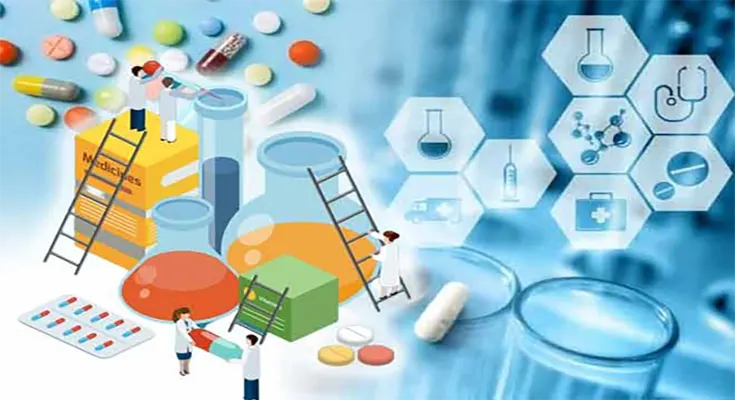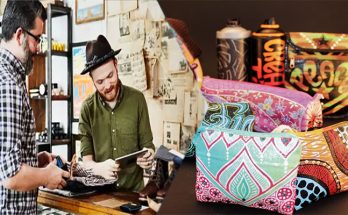The establishment of formal pharmacy education in Indonesia represents a significant milestone in the country’s healthcare development. From the early days of Dutch colonial rule to the modern era, the evolution of pharmaceutical education has played a crucial role in shaping the profession and advancing healthcare standards. This article explores the origins, development, and impact of formal pharmacy education in Indonesia, highlighting key milestones and ongoing challenges. Visit pafikabmataram.org
Early Beginnings
- Colonial Foundations
The roots of formal pharmacy education in Indonesia can be traced back to the colonial period under Dutch rule. As the Dutch East India Company (VOC) established its control over the archipelago in the 17th century, it recognized the need for organized healthcare systems to support its administration and workforce. This led to the introduction of Western medicine and the establishment of medical institutions.
In 1851, the Dutch established the School of Medicine (Stovia) in Batavia (now Jakarta). Although primarily focused on medical training, Stovia played a foundational role in the development of pharmacy education by introducing Western medical practices and pharmaceutical sciences to Indonesian students. This institution trained a new generation of healthcare professionals, including pharmacists, who were equipped with both Western medical knowledge and an understanding of local practices.
- Transition to Post-Colonial Era
Following Indonesia’s independence in 1945, there was a concerted effort to build upon the educational foundations laid during the colonial period. The newly established Indonesian government recognized the importance of advancing pharmaceutical education to improve healthcare delivery and professionalize the field.
Development of Pharmacy Education
- Formation of Pharmacy Schools
In the post-independence period, Indonesia embarked on expanding and formalizing pharmaceutical education. The first dedicated pharmacy program was established in 1950 at the University of Indonesia (UI) in Jakarta. This program marked a significant step towards creating a structured educational framework for pharmacists, focusing on both theoretical knowledge and practical skills.
The establishment of the pharmacy program at UI was followed by the creation of similar programs at other universities across the country. Institutions such as Gadjah Mada University (UGM) in Yogyakarta and Airlangga University in Surabaya developed their pharmacy programs, contributing to the growth of formal pharmaceutical education.
- Curriculum and Accreditation
The early pharmacy programs in Indonesia were modeled after Western curricula but adapted to local needs and contexts. The curriculum typically included subjects such as pharmacology, medicinal chemistry, pharmaceutics, and clinical pharmacy. Practical training was also emphasized, with students gaining hands-on experience in laboratories and pharmacies.
In 1961, the Indonesian Pharmacists Association (IAI) was established, playing a crucial role in setting standards for pharmaceutical education and practice. The IAI worked to ensure that pharmacy programs met national standards and promoted the professional development of pharmacists. Accreditation processes were introduced to maintain the quality of pharmacy education and ensure that graduates were well-prepared for professional practice.
- Expansion and Modernization
Over the decades, pharmacy education in Indonesia continued to expand and evolve. The number of pharmacy schools increased, and existing programs were updated to reflect advancements in pharmaceutical sciences and healthcare. Institutions began to offer postgraduate programs, including master’s and doctoral degrees, to further advance the field.
In recent years, there has been a growing emphasis on integrating traditional and modern pharmaceutical practices into the curriculum. This approach reflects the unique context of Indonesian healthcare, where traditional herbal medicine (Jamu) is still widely used alongside modern pharmaceuticals.
Impact on Healthcare
- Professionalization of the Field
The establishment of formal pharmacy education has had a profound impact on the professionalization of pharmacy in Indonesia. Graduates of pharmacy programs are now equipped with a comprehensive understanding of pharmaceutical sciences and practical skills, enabling them to contribute effectively to healthcare delivery.
Pharmacists play a critical role in various healthcare settings, including hospitals, community pharmacies, and pharmaceutical industries. They are involved in medication management, patient counseling, and the development and regulation of pharmaceutical products. The professionalization of the field has enhanced the quality of pharmaceutical care and contributed to better health outcomes for the population.
- Advancement of Research and Innovation
Formal pharmacy education has also contributed to the advancement of research and innovation in the field. Indonesian pharmacists and researchers are engaged in studies related to drug development, pharmacology, and the integration of traditional medicine with modern practices. This research contributes to the development of new therapies and the improvement of existing treatments.
Institutions with strong pharmacy programs often collaborate with international organizations and participate in global research initiatives. This engagement helps to keep Indonesian pharmacy education aligned with global standards and trends, fostering a culture of innovation and continuous improvement.
Challenges and Opportunities
- Ensuring Quality and Relevance
One of the ongoing challenges in pharmacy education is ensuring that programs remain relevant and up-to-date with the latest advancements in the field. Continuous curriculum review and adaptation are necessary to address emerging trends, such as advancements in biotechnology and the integration of digital health technologies.
Accreditation and quality assurance mechanisms are crucial for maintaining high standards in pharmacy education. Institutions must work closely with professional organizations, regulatory bodies, and industry stakeholders to ensure that graduates are well-prepared to meet the demands of the healthcare sector.
- Bridging Traditional and Modern Practices
Another challenge is bridging the gap between traditional and modern pharmaceutical practices. While modern pharmaceutical education focuses on Western medicine, there is a need to incorporate traditional practices and knowledge into the curriculum. This integration can enhance the relevance of pharmacy education in the Indonesian context and promote a more holistic approach to healthcare.
Opportunities exist for research and collaboration in this area, including studies on the efficacy and safety of traditional remedies and the development of integrated treatment approaches. By embracing both traditional and modern practices, Indonesian pharmacy education can contribute to a more comprehensive and culturally sensitive healthcare system.
Conclusion
The establishment of formal pharmacy education in Indonesia represents a significant milestone in the country’s healthcare development. From its colonial origins to the present day, the evolution of pharmaceutical education has played a crucial role in shaping the profession and advancing healthcare standards. The expansion and modernization of pharmacy programs have contributed to the professionalization of the field, the advancement of research and innovation, and the improvement of healthcare delivery. As Indonesia continues to navigate the challenges and opportunities in pharmacy education, the integration of traditional and modern practices will be key to fostering a more comprehensive and effective healthcare system.





